
Brown’s demonstration of trendacis mosaics
Tammy Friedman believes the link between art and its history can help build bridges among different cultures, including the culture of a school. Cloonan Middle School in Stamford, CT, is experiencing a sharp increase in English Language Learners who speak Spanish at home. Realizing the lack of relationship between herself and students’ parents, Tammy turned to art (and a Fund for Teachers fellowship) to bridge the gap.
Last summer, Tammy developed under Barcelona artist Martin Brown skills to create “trencadis” mosaics popularized by Antoni Gaudi. Trendacis literally means “chopped,” referring to the fragmented shards and recycled materials pieced together to form images and/or patterns. When not in Brown’s class, Tammy embarked on daily field trips across Barcelona, exploring Gaudi’s masterpieces, such as those at Park Güell.
Tammy’s goals for this fellowship were:
- to develop a bond with families,
- teach students something they may not know about themselves and their culture, and
- make them proud of their heritage.
With her new expertise, Tammy led 100 art students (40% of whom are Hispanic) in the creation of four 30 x 56 murals, which were installed around the school last week.


“The four mosaics represent Pablo Picasso, Salvador Dali, Frida Kahlo, and Antoni Gaudi, including inspirational quotes from the artists,” said Tammy. “In addition, students painted cubist self-portraits, personal cultural art, surreal collages, surreal hands, and street art. This fellowship inspired me with new creative ideas to share with my students, not for just one year, but for years to come.”
“Tammy is one of three teachers at our school who have received Fund for Teachers fellowships and I can’t say enough about how they return re-energized and with experiences that are relevant to kids, which has a huge impact on how they respond,” said David Tate, principal at Cloonan Middle School. “Tammy’s project is particularly relevant, as our school’s single largest demographic is students from Latino homes, so for them to see this aspect of their culture on permanent display is huge.”
A group photo of students who created each mosaic is mounted alongside their artworks, which were praised by the mayor and the superintendent during a special showing.

Tammy chose for one mosaic Dali’s quote, “Intelligence without ambition is a bird without wings.” We love how Tammy embodies this quote as a role model for her students — taking her belief in the power of art from her classroom to Barcelona and back again to foster cultural pride and community relationships.
[minti_divider style=”3″ icon=”” margin=”20px 0px 20px 0px”]
 Tammy has taught for 29 years, first with special education, then third grade, middle school Language Arts, and now Fine Arts. Recently she received a Spotlight Award for Teachers, one of 20 recipients nominated by peers and awarded from across the Stamford Public School district.
Tammy has taught for 29 years, first with special education, then third grade, middle school Language Arts, and now Fine Arts. Recently she received a Spotlight Award for Teachers, one of 20 recipients nominated by peers and awarded from across the Stamford Public School district.

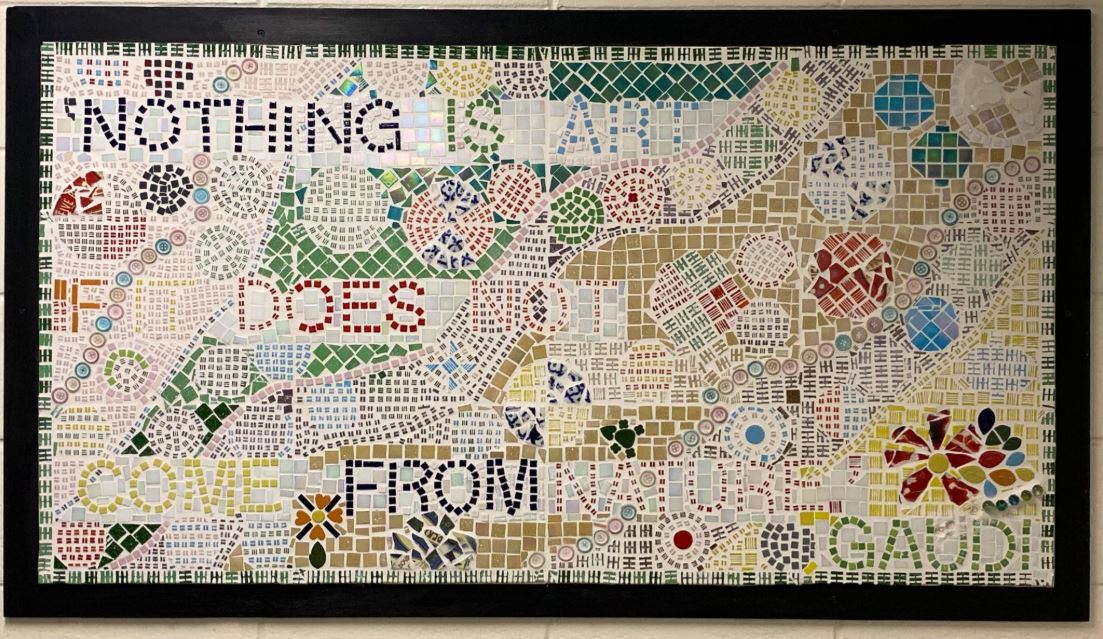

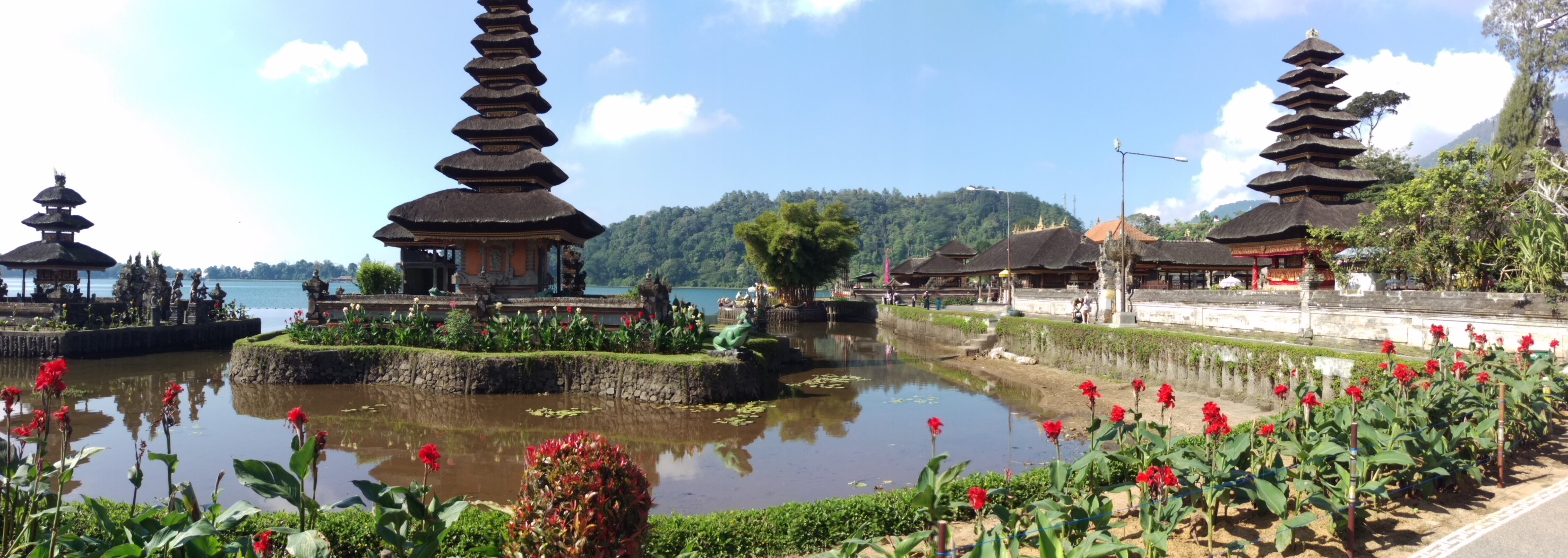
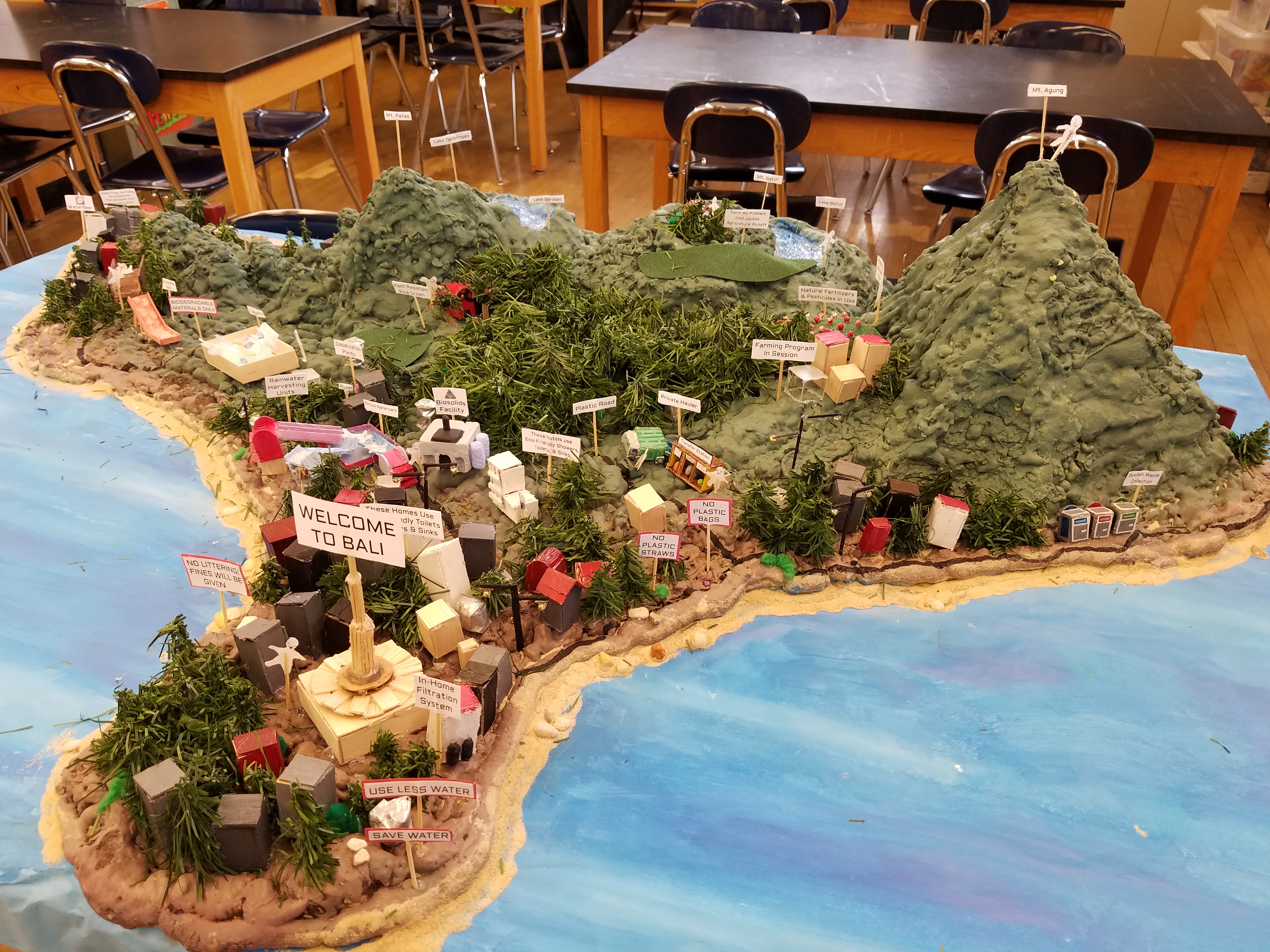
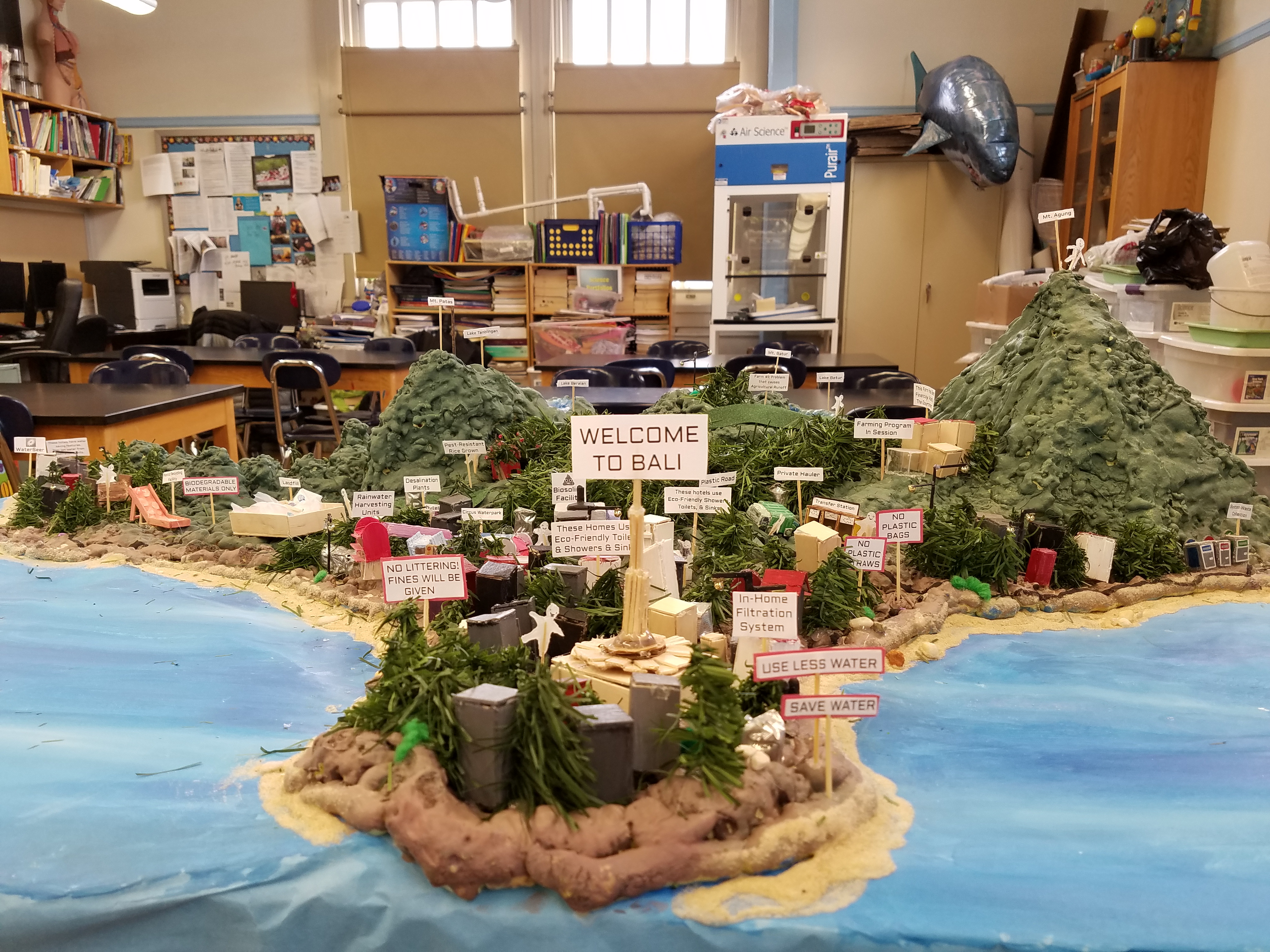
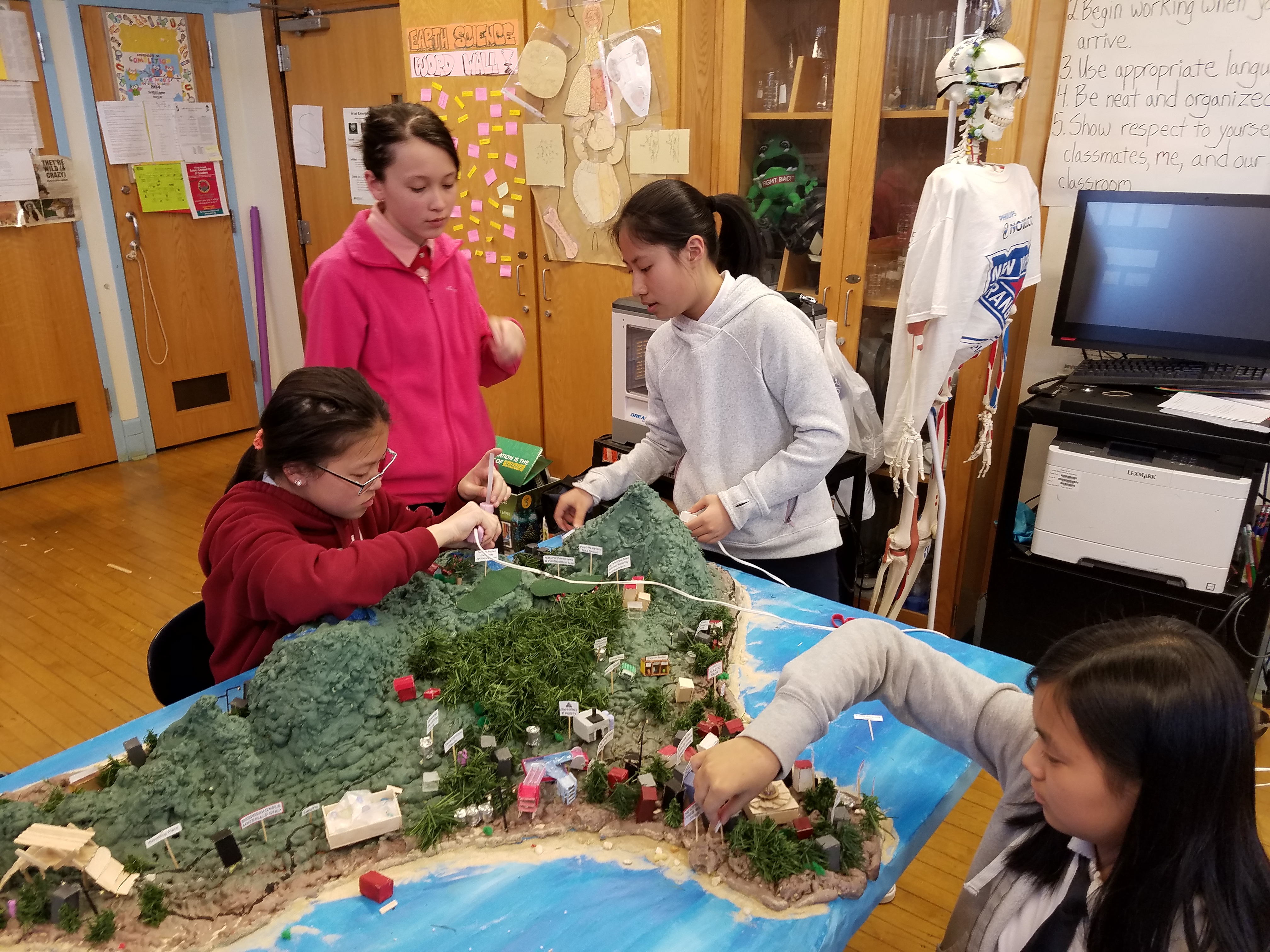
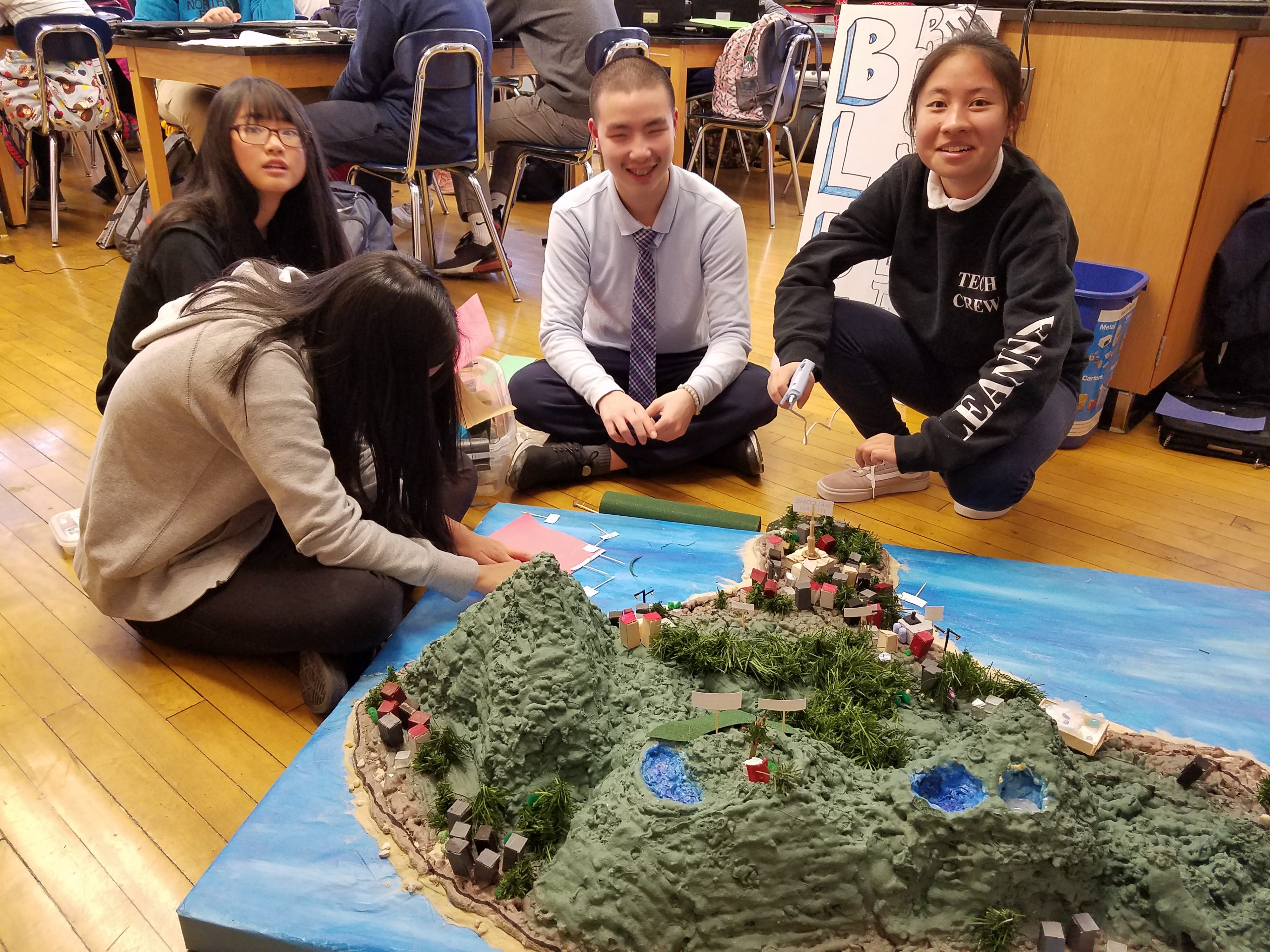
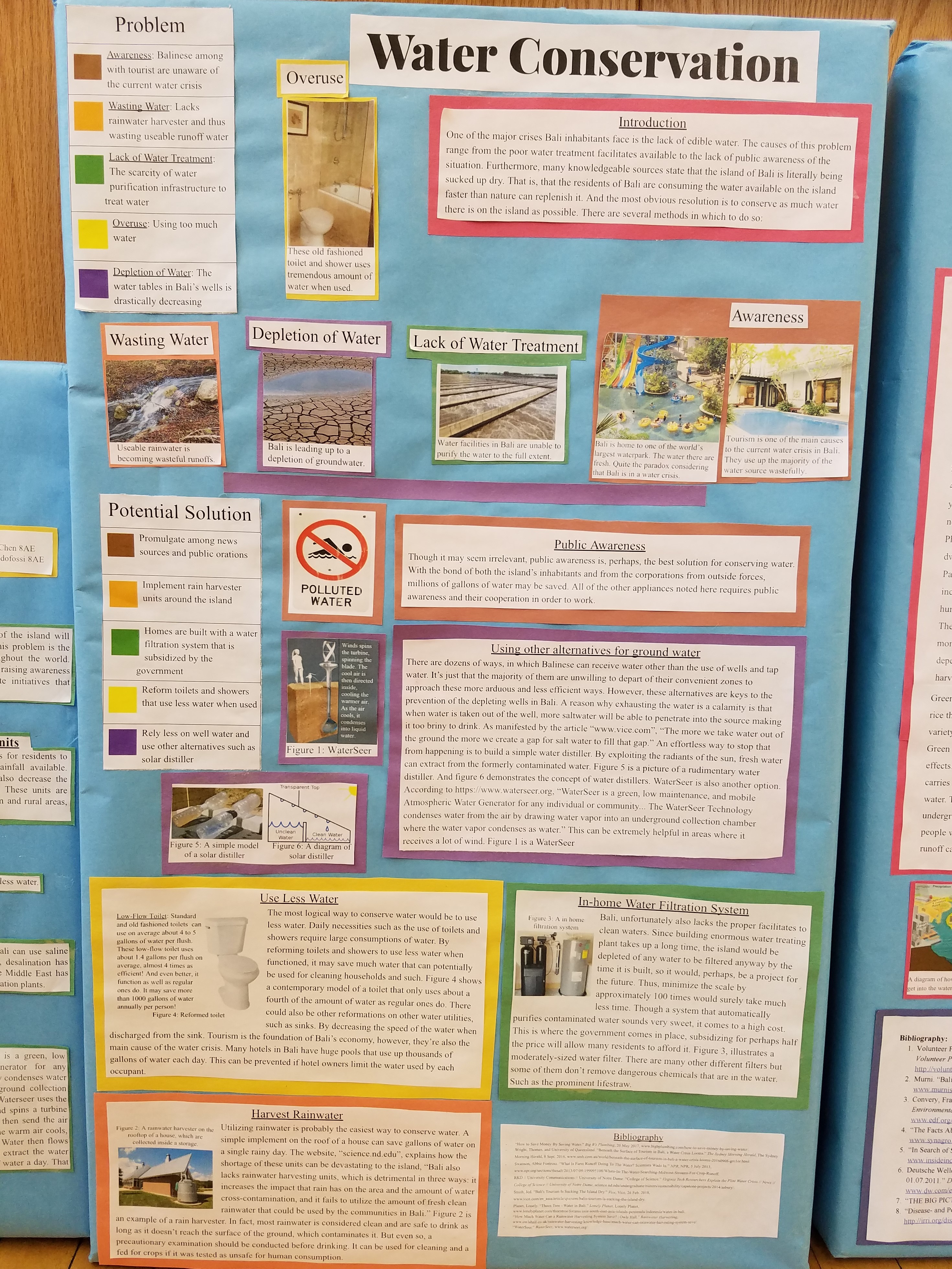
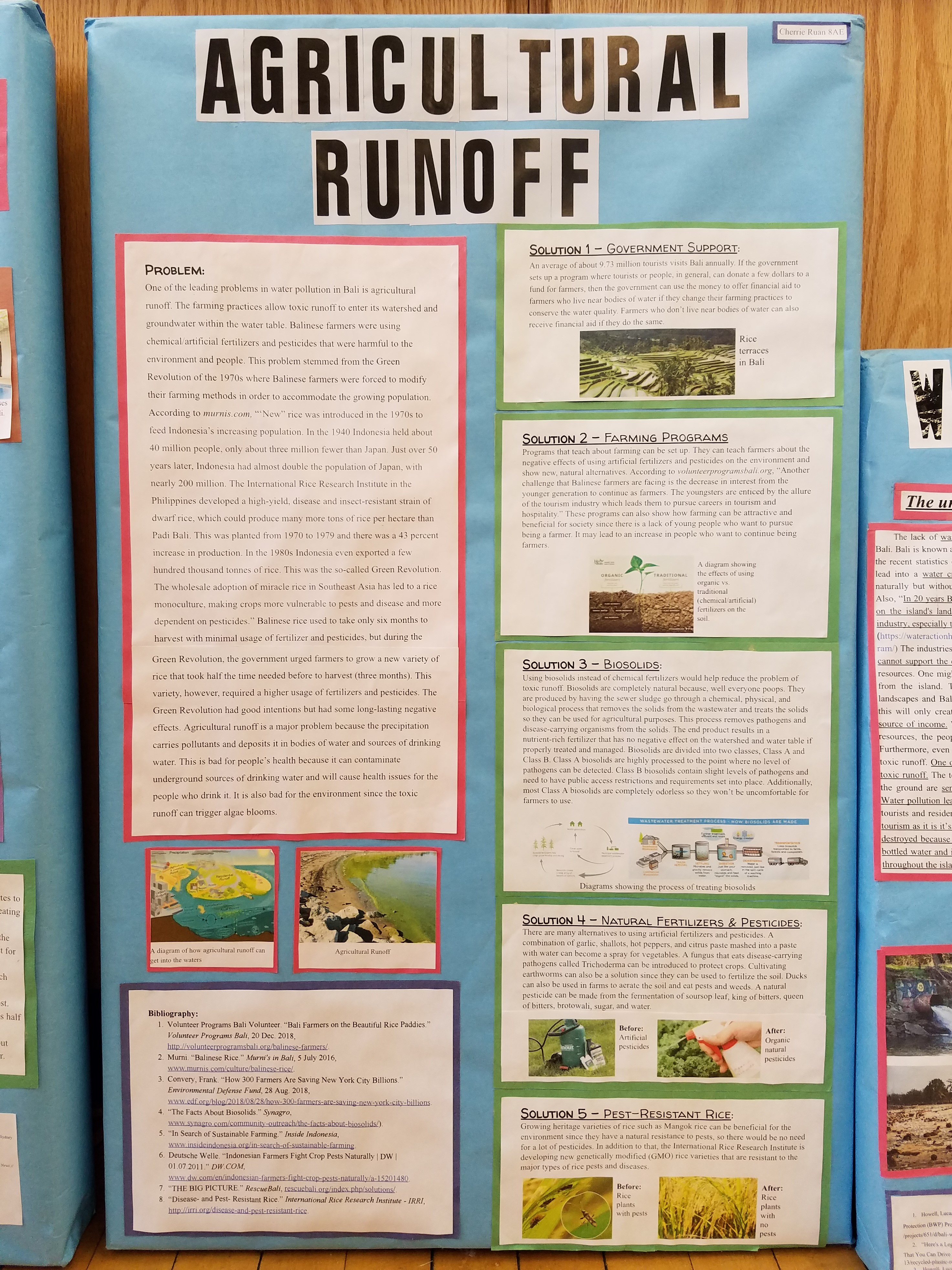
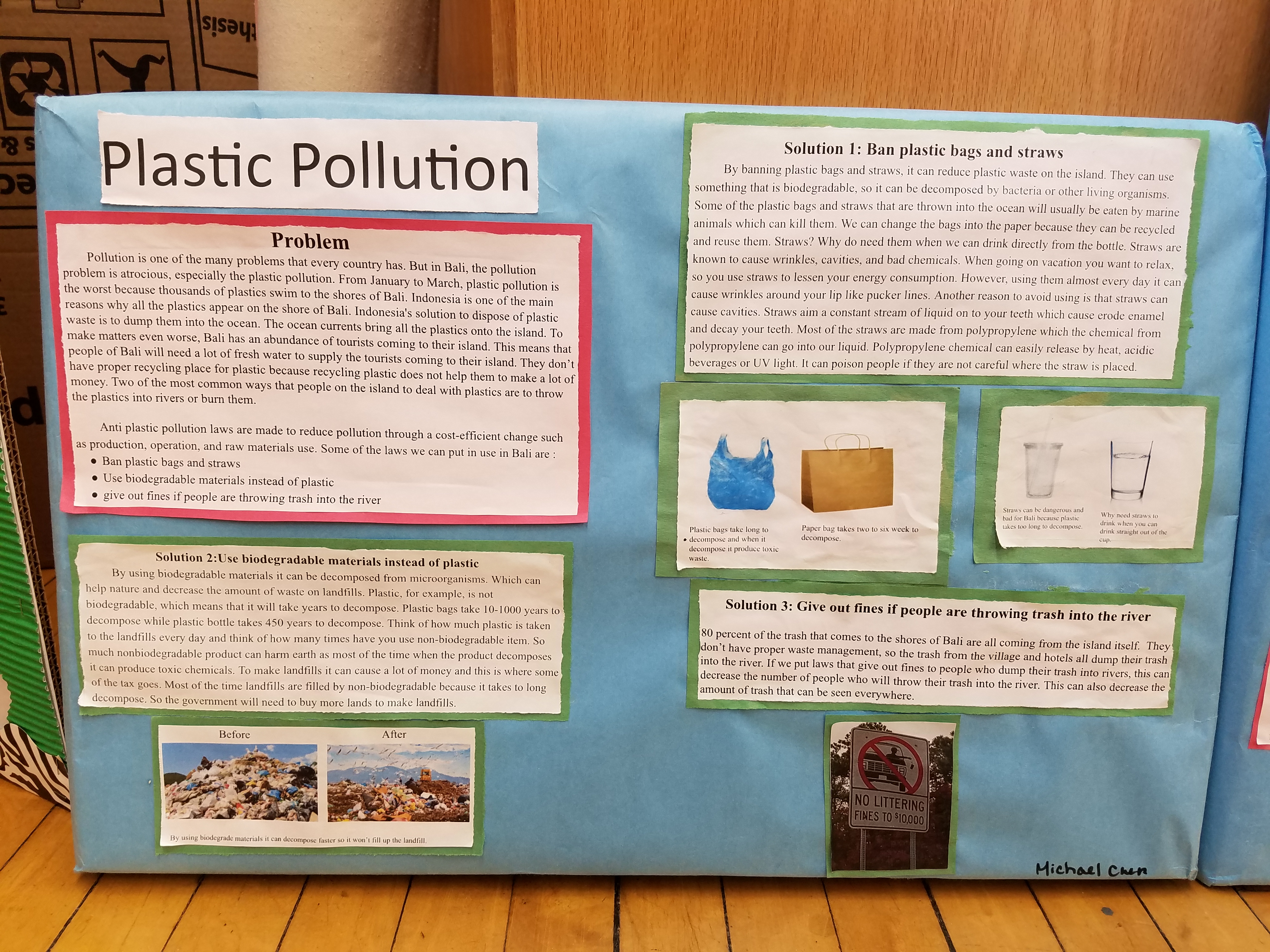
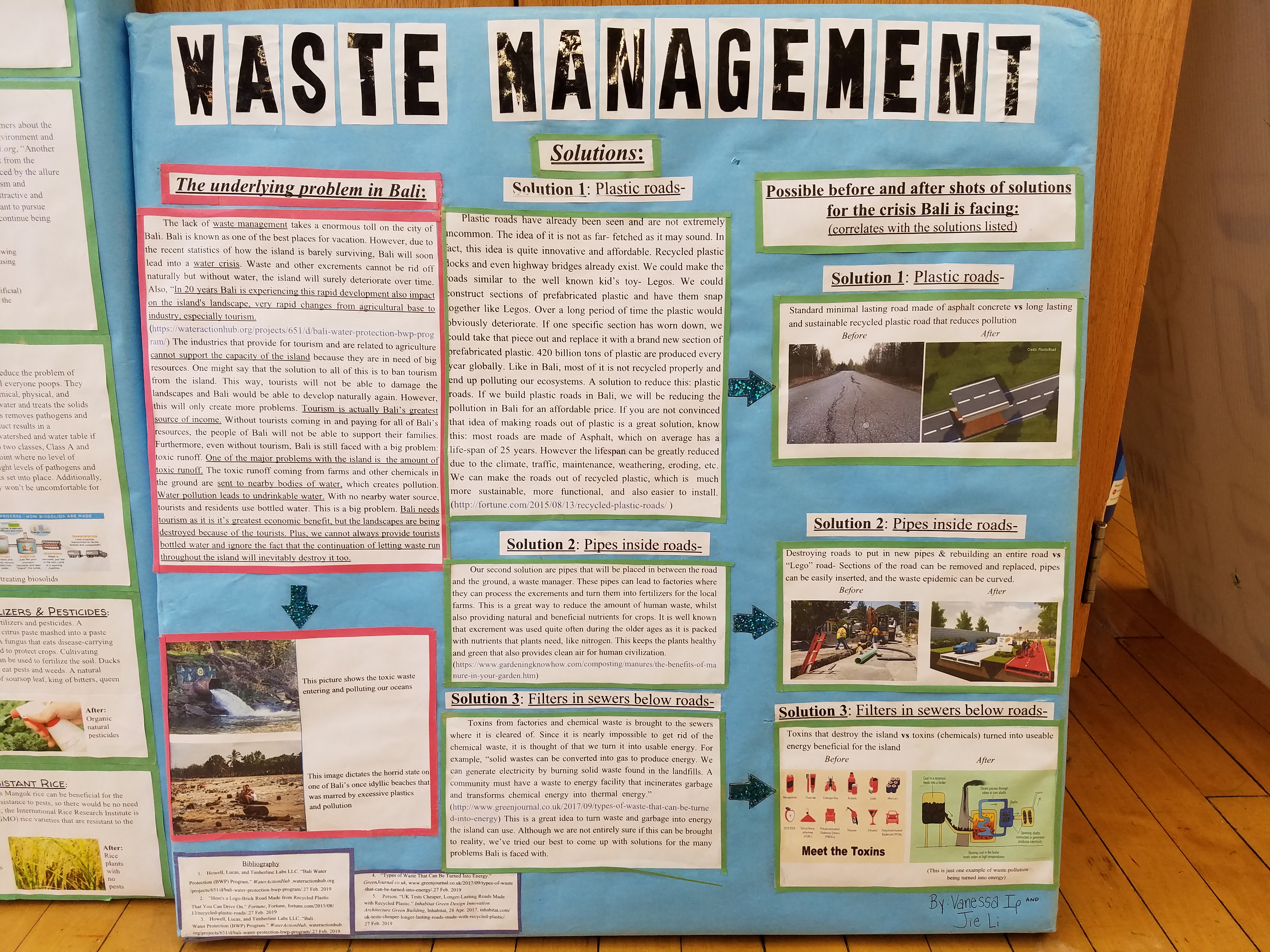
 Richard is a middle school science teacher, sustainability coordinator, and science department chairperson in Brooklyn, New York. Currently, Richard is leading an effort that would bring recycling into his middle school. He spearheaded the construction of a greenhouse with a roof rainwater collection system. Next year, he plans to bring a reusable water bottle filtered refill station into his school. He is a
Richard is a middle school science teacher, sustainability coordinator, and science department chairperson in Brooklyn, New York. Currently, Richard is leading an effort that would bring recycling into his middle school. He spearheaded the construction of a greenhouse with a roof rainwater collection system. Next year, he plans to bring a reusable water bottle filtered refill station into his school. He is a 
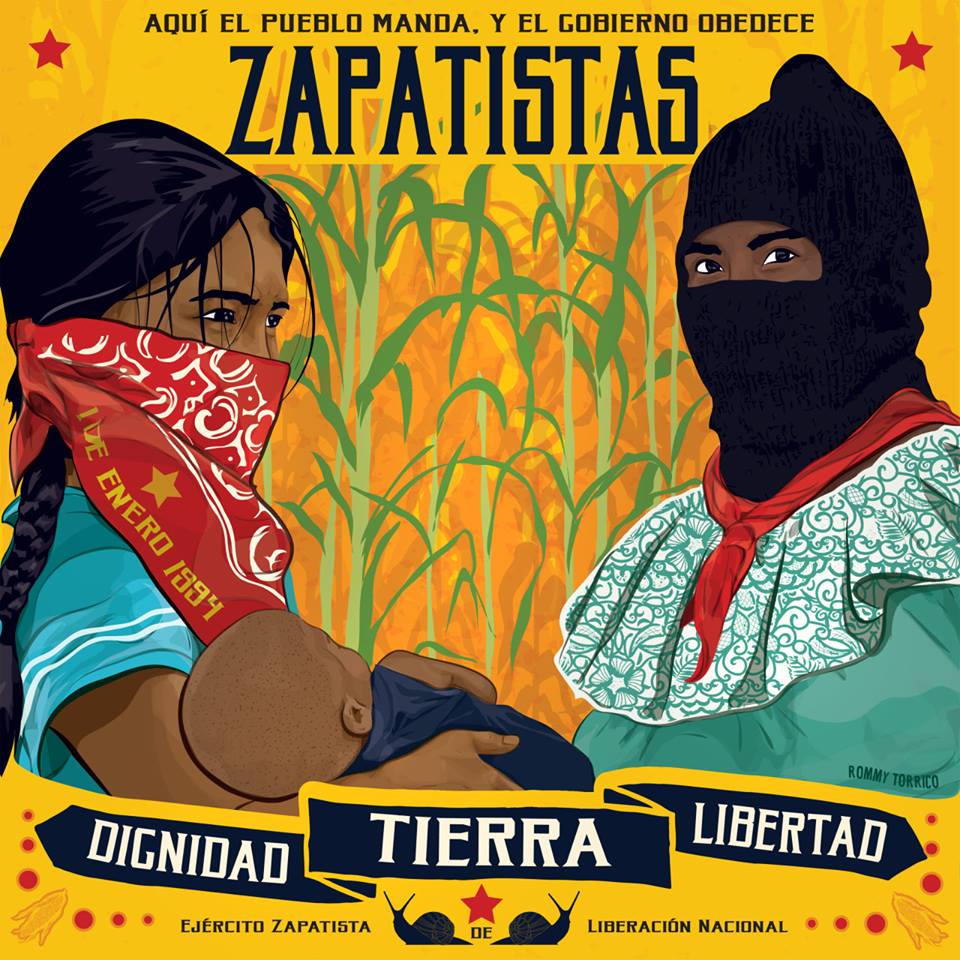
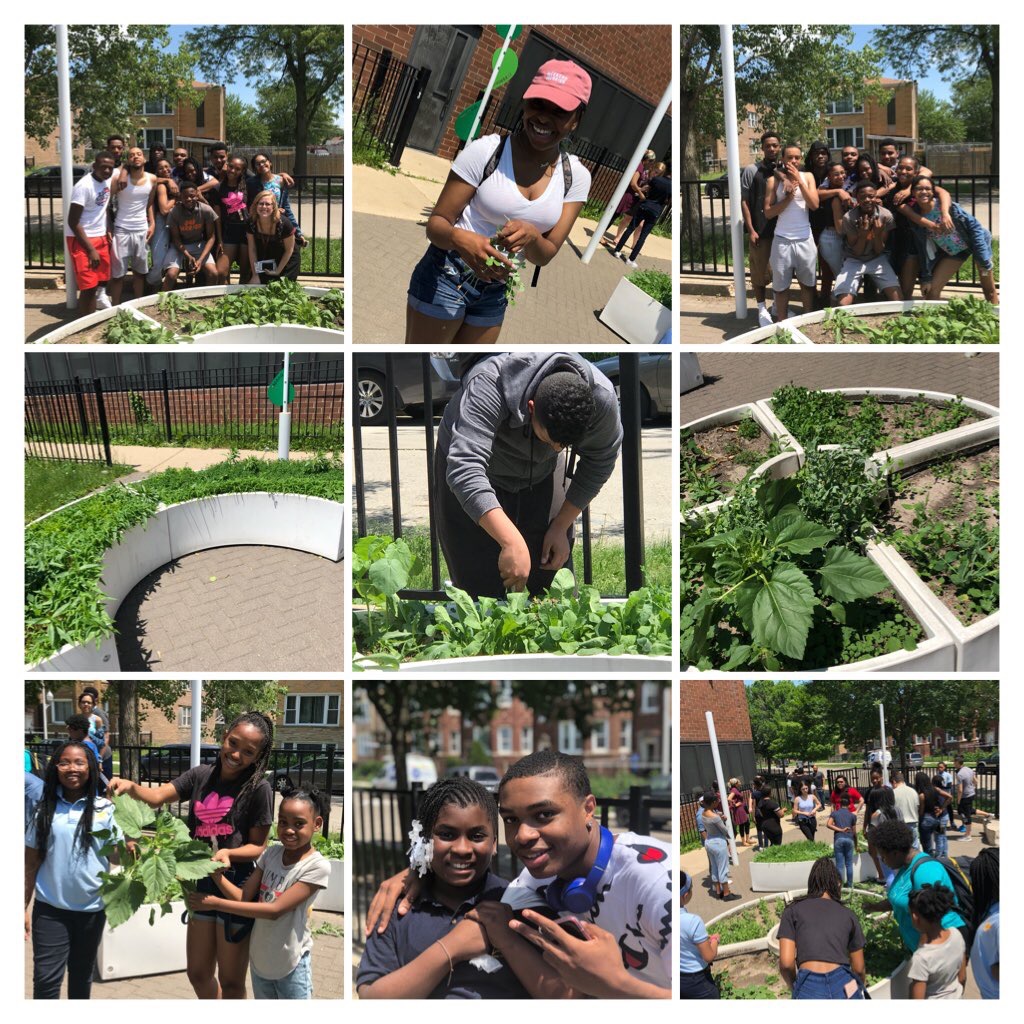
 Kaellagh Cassidy has taught history and civics in Chicago for eight years. She aims to put her students in the shoes of historians and activists by re-examining historical truths through documents and simulations and student-driven civic action projects. Kaellagh is also a coach of Cross Country and Track and believes that high school should be a community that fosters student curiosity and empowerment.
Kaellagh Cassidy has taught history and civics in Chicago for eight years. She aims to put her students in the shoes of historians and activists by re-examining historical truths through documents and simulations and student-driven civic action projects. Kaellagh is also a coach of Cross Country and Track and believes that high school should be a community that fosters student curiosity and empowerment.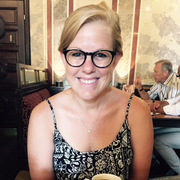 and Science Academy in Chicago for the past eight years. She is passionate about including a global mindset into each of her classes, which currently include Global Civics and Gender & Ethnic Studies. In 2017, she traveled to Morocco as part of the
and Science Academy in Chicago for the past eight years. She is passionate about including a global mindset into each of her classes, which currently include Global Civics and Gender & Ethnic Studies. In 2017, she traveled to Morocco as part of the  On why he designed this fellowship…
On why he designed this fellowship…

 Mick is the only member of his family who was deaf, yet his parents believed in having ASL as his first language, which he learned before English. You can learn more about his life experiences and his own family from the A&E documentary
Mick is the only member of his family who was deaf, yet his parents believed in having ASL as his first language, which he learned before English. You can learn more about his life experiences and his own family from the A&E documentary 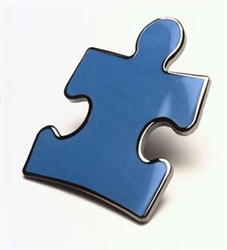 If you see an inordinate amount of people wearing blue or a puzzle piece lapel pin today, here’s why. Today is the 12th annual World Autism Awareness Day (#WWAD), established by Member States of the United Nations to raise awareness about people with Autism Spectrum Disorder (ASD) throughout the world. To show our support, Fund for Teachers proudly shares the work of Guin Geyer.
If you see an inordinate amount of people wearing blue or a puzzle piece lapel pin today, here’s why. Today is the 12th annual World Autism Awareness Day (#WWAD), established by Member States of the United Nations to raise awareness about people with Autism Spectrum Disorder (ASD) throughout the world. To show our support, Fund for Teachers proudly shares the work of Guin Geyer.

 Emily Frake (Camino Nuevo Charter Academy #2 – Los Angeles) also chose to pursue learning that supports students on the Autism spectrum. Emily used her Fund for Teachers grant to attend
Emily Frake (Camino Nuevo Charter Academy #2 – Los Angeles) also chose to pursue learning that supports students on the Autism spectrum. Emily used her Fund for Teachers grant to attend 

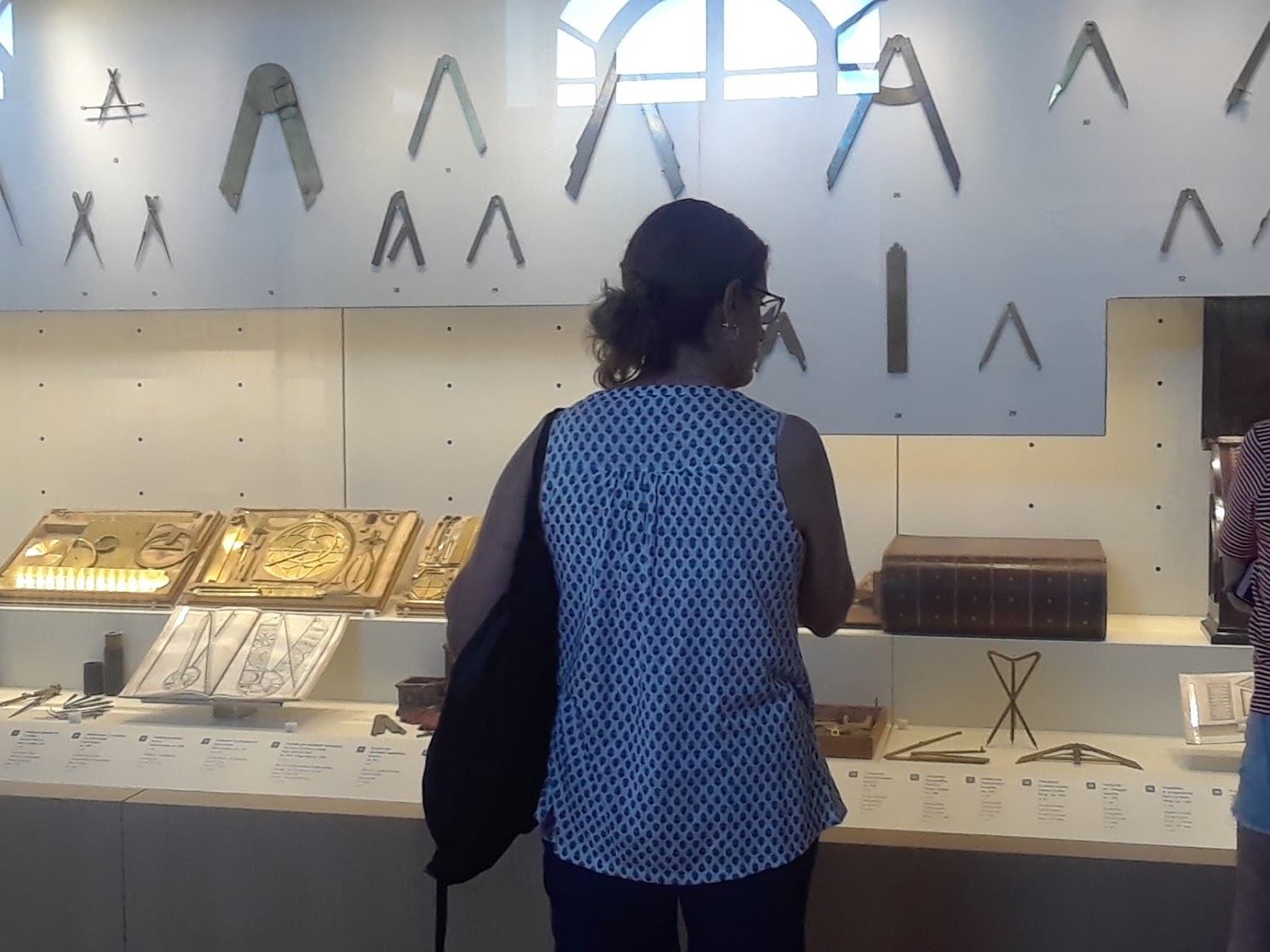
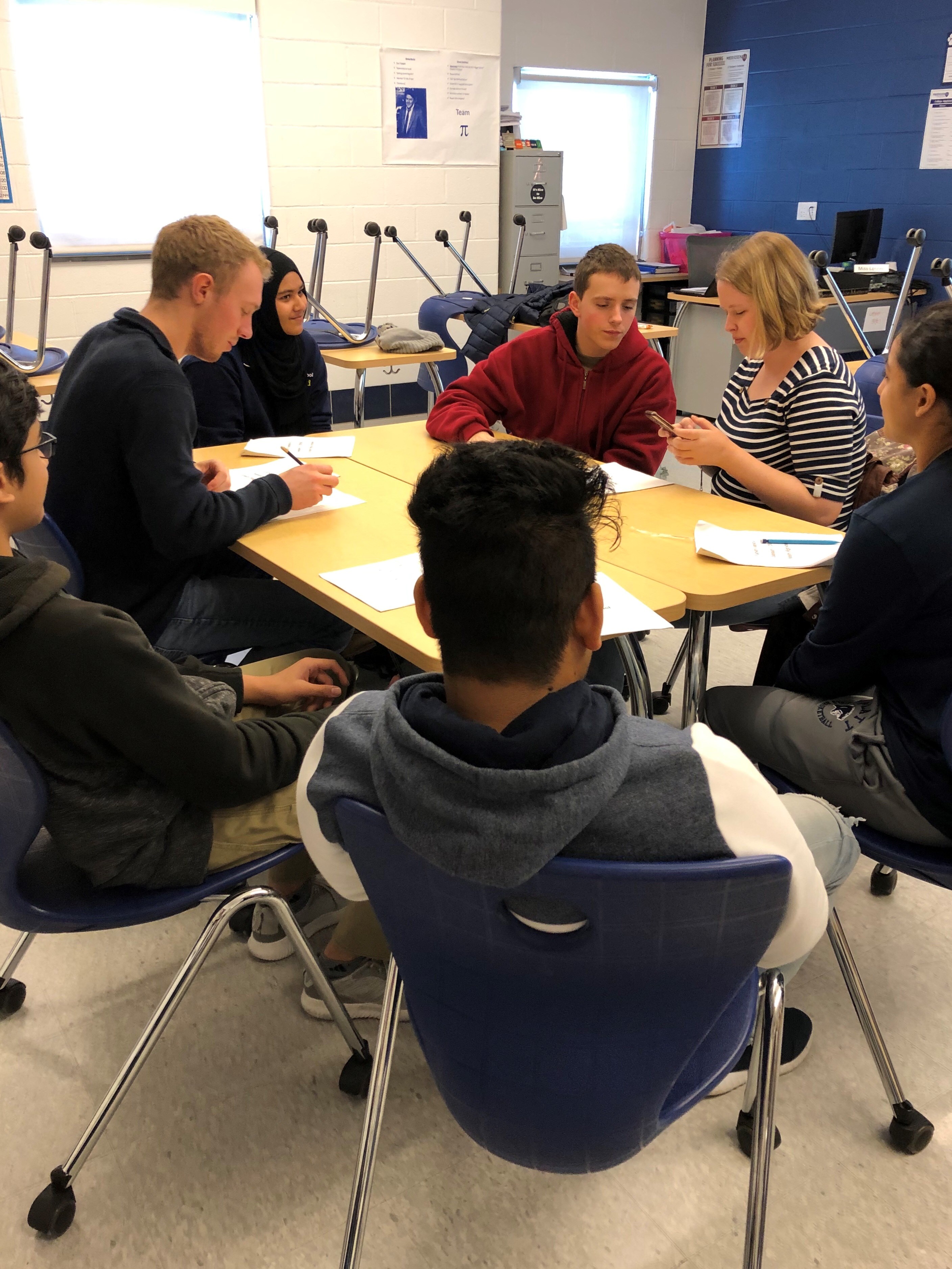





 Tara (pictured at right on the Amsterdam leg of her fellowship) teaches
Tara (pictured at right on the Amsterdam leg of her fellowship) teaches  To clarify the broad scope of the holiday, Liz suggested using the picture book New Clothes for New Year’s Day
To clarify the broad scope of the holiday, Liz suggested using the picture book New Clothes for New Year’s Day  As you may recall, our fellowship was to attend the
As you may recall, our fellowship was to attend the  The most exciting take away from the Model Schools Conference has been the connections we made while there. Those connections have helped us to continue our learning, which will continue to impact our students.
The most exciting take away from the Model Schools Conference has been the connections we made while there. Those connections have helped us to continue our learning, which will continue to impact our students.




 For more than a decade, Tim has empowered his students to take ownership over their education and to become independent learners while focusing on character and integrity. Throughout his teaching career, he has coached athletics at both the middle and high school levels and views the competition field as an extension of the classroom where students can push themselves.
For more than a decade, Tim has empowered his students to take ownership over their education and to become independent learners while focusing on character and integrity. Throughout his teaching career, he has coached athletics at both the middle and high school levels and views the competition field as an extension of the classroom where students can push themselves.








 Nancy (pictured with a state selectman and superintendent at Noche Mexicana) has taught art for 31 years, a career that has included teaching sculpture to widows and orphans in Zambia and earned her Connecticut’s Outstanding Elementary Art Teacher award. She frequently exhibits her own work in galleries and museums, which you can see
Nancy (pictured with a state selectman and superintendent at Noche Mexicana) has taught art for 31 years, a career that has included teaching sculpture to widows and orphans in Zambia and earned her Connecticut’s Outstanding Elementary Art Teacher award. She frequently exhibits her own work in galleries and museums, which you can see 


 Beverly Brotton (Soddy Daisy Middle School – Soddy Daisy, TN) explored Alaska’s landscapes, examining how humans adapt to challenges caused by humanity and nature, to provide students a first-hand account of climate change.
Beverly Brotton (Soddy Daisy Middle School – Soddy Daisy, TN) explored Alaska’s landscapes, examining how humans adapt to challenges caused by humanity and nature, to provide students a first-hand account of climate change. Rebecca Cutkomp (East Hartford High School – East Hartford, CT) explored Washington’s Spokane Indian Reservation and Alaska’s Denali National Park to enrich student learning in thematic units on identity and aid in students’ deeper insight into rhetorical analysis.
Rebecca Cutkomp (East Hartford High School – East Hartford, CT) explored Washington’s Spokane Indian Reservation and Alaska’s Denali National Park to enrich student learning in thematic units on identity and aid in students’ deeper insight into rhetorical analysis.









 Christine Troup has taught grades 6 – 12 in three states over the past 23 years. In her free time, she enjoys reading, writing, and traveling, or any combination of the three. Kristie Blanchard has specialized in teaching 9th grade Geography and 10th grade AP Human Geography for nearly 20 years. Her career accomplishments include: the National Council for Geographic Education Distinguished Teaching Award, New England St. Lawrence Valley Geographical Society’s Friend of Geography Award, and the American Geographical Society Teacher Fellow.
Christine Troup has taught grades 6 – 12 in three states over the past 23 years. In her free time, she enjoys reading, writing, and traveling, or any combination of the three. Kristie Blanchard has specialized in teaching 9th grade Geography and 10th grade AP Human Geography for nearly 20 years. Her career accomplishments include: the National Council for Geographic Education Distinguished Teaching Award, New England St. Lawrence Valley Geographical Society’s Friend of Geography Award, and the American Geographical Society Teacher Fellow.


 Nolan Hanson (pictured with Picasso) is a pre-K through 8th grade Spanish teacher at Oscar Mayer Elementary School in Chicago, Illinois. For the past 5 years he has built his classroom around the idea that every child has a unique background and learning style that should be fostered to embrace diversity and global citizenship. When he is not teaching in his classroom, he is committed to completing service learning projects with his middle school students, who have been honored at
Nolan Hanson (pictured with Picasso) is a pre-K through 8th grade Spanish teacher at Oscar Mayer Elementary School in Chicago, Illinois. For the past 5 years he has built his classroom around the idea that every child has a unique background and learning style that should be fostered to embrace diversity and global citizenship. When he is not teaching in his classroom, he is committed to completing service learning projects with his middle school students, who have been honored at